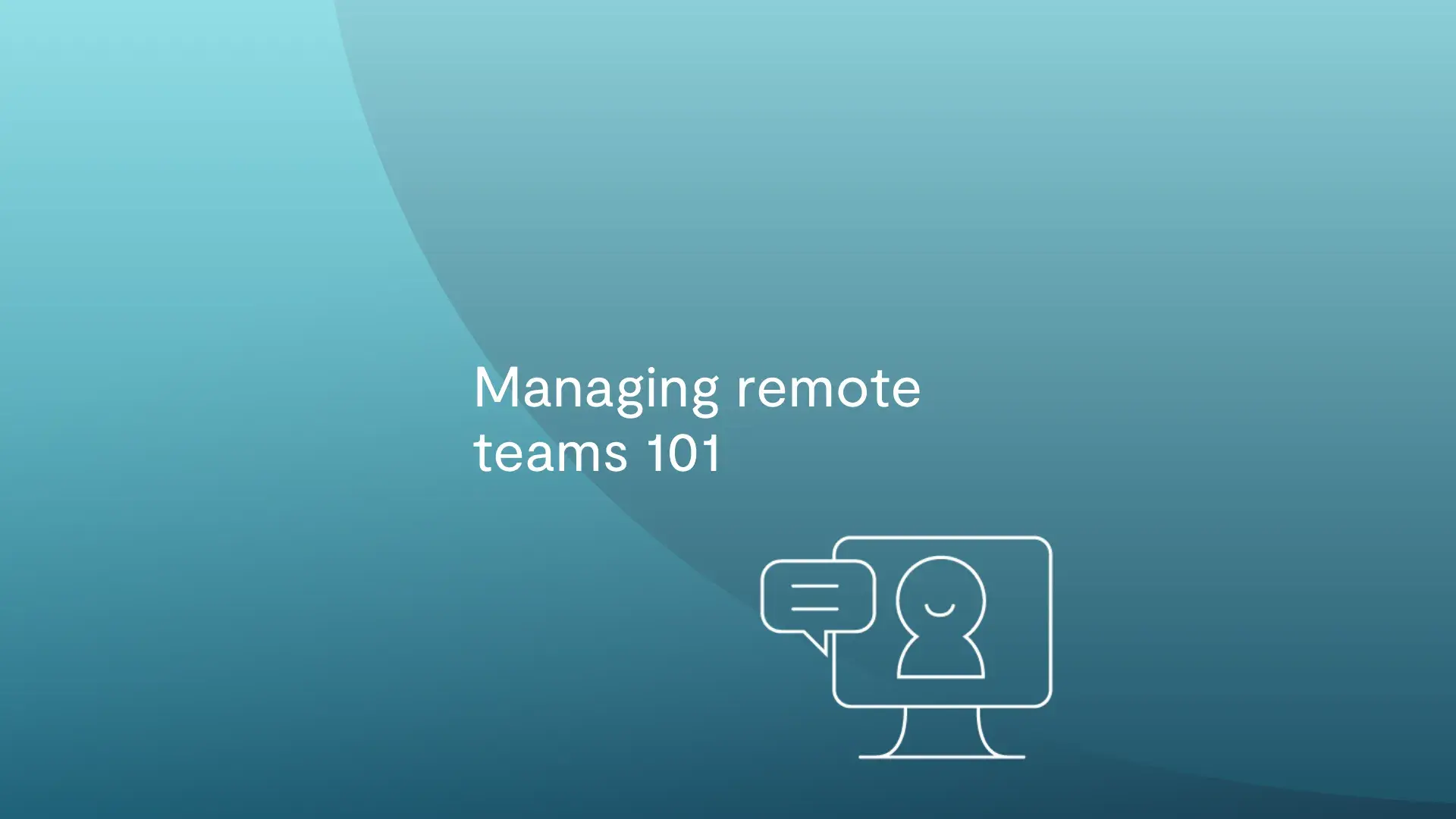Presenting with Impact

what comes to mind when you hear the word ‘presentation’
In the past, you have probably attended a meeting where the presenter shows you their heavily detailed PowerPoint presentation they spent a long time putting together that covers ‘everything you need to know’ in just 2 or 3 dozen slides…They’ll likely have que cards they refer to and every now and then they throw out a rhetorical big-picture question to the audience just to check you’re actually listening to them. They’ve probably been told to imagine everyone is naked to make them feel less nervous about being infront of everyone. Perhaps they use non-related metaphors or similies to create understanding but leave you scratching you’re heading thinking ‘What?’
Ultimately, you leave the meeting feeling your time would have been better spent elsewhere and you could have read their PowerPoint presentation at a later date in significantly less time than what you took to attend that meeting. Odds are, at some point in your life, you’ve probably delivering something very similar…
Writing your presentation - the pat technique
Many of our team have had the pleasure of delivering the ‘best man’s speech’ and one of the best methods we’ve used is the PAT technique. PAT is an acronym for:
-
Purpose - Being clear on what the ‘purpose’ of your presentation is from the beginning is vital. If you’re unclear on the ‘purpose’ of your presentation, your audience will also be unclear…again, how many meetings have you attended where you’ve asked yourself afterwards ‘what was the point of that?’. In the context of the ‘Best Man’ speech….what is the purpose of the speech? Is it to make people laugh? Is it to celebrate the newly married couple’s day? Is it to thank the organisers?
-
Audience - Consider your audience to ensure you only have the people you need to be there and that you adapt your communication to the audience. One of the most common mistakes in a ‘Best Man’s’ speech is using private jokes that only a small portion of the audience would understand. This is because they are not considering their audience, they are presuming that everyone knows the bride or groom personally when they could be a plus one or only known one or the other. Another common mistake is using swear words or adult themes when there could be children present.
-
Topics - Once you are clear on your ‘purpose’ and ‘audience’, you should then consider the ‘topics’ that you are going to discuss. This can then be used as a framework to structure your presentation. For example, the best man will usually begin with introductions because they realise that people in the audience won’t know who they are.
OTHER USEFUL TIPS
When delivering programmes and reports to clients, we at Penguin utilise our training methodology to deliver impactful presentation that communicate messages clearly and can be delivered with confidence and at ease. Here are some of our top tips when designing and delivering presentations:
-
Avoid Death by Powerpoint - If you must use a PowerPoint presentation, think of your presentation as a high-level overview that you will refer to. The goal is visually provide just enough information where the audience would have a basic understanding of the key areas or topics without further elaboration. The real values and insights is provided through your speech.
-
Remove Physical Barriers - If delivering in person, try to remove any barriers such as tables that allow you to ‘hide’ behind. By removing physical barriers between yourself and the audience, you are displaying confidence in a situation where most people would feel exposed . If delivering a presentation remotely, ensure you have your camera on and a top tip is that when you are addressing your audience, look directly into the camera rather than the faces on the screen as to your audience, it will look as if you are speaking directly to them.
-
Embrace the Chaos - On the odd occasion, when delivering a presentation something might happen that draws the attention of the audience. For example; someone’s phone might ring or something falls over or you presentation freezes…as a presenter, the worst thing you can do is to not acknowledge the ‘elephant in the room’. Imagine a comedy show, if something happens that draws the attention of the audience away from the comedian, what do they do? The comedian will acknowledge what’s taken place, make a lighthearted comment and then draw the attention back to them. By embracing the chaos, you are showing your audience that you are in control and have the confidence to overcome distractions.
-
Tailor the Presentation to your communication preferences - When we talk about communication preferences, we often say you should adapt your communication to your audience. However, if you’re delivering to groups of 10+ people, chances are there will be people in the audience with opposing preferences. In this scenario, the focus should be on how well you are able to communicate messages to your audience and the best way to do this is by being authentic and using a style that works for you. Using DISC methodology, if you’re a High D or High I, keep your speech to the point and move through your presentation at a quick or steady pace to maintain momentum. If you’re a High S or C, do not feel the need to rush or be vague on important topics. It’s important to remember that whilst it’s important to be comfortable delivering in your natural style, that you also make considerations for those of the opposite communication preference to yourselves e.g. High D and I’s, send a detailed email containing your presentation before or afterwards to ensure those High S and C’s can reflect in their own time and/or include a good section for potential questions from these individuals.
-
Consider different learning styles - Everyone intakes information differently…some of us are more visual, others like to be engaged in physical learning and sometimes, people are quite happy to just listen. Make sure your presentation accommodates all different learning styles to some degree to increase the effectiveness of getting your message across.
additional resources
-
TEDx Talk - Will Stephen - How to sound smart in your TEDx Talk - https://www.youtube.com/watch?v=8S0FDjFBj8o
-
Practical Psychology - How to give a Great Presentation - 7 Presentation Skills and Tips to Leave an Impression - https://www.youtube.com/watch?v=MnIPpUiTcRc
-
Talk Like TED: The 9 Public Speaking Secrets of the World's Top Minds - https://amzn.to/3xbSZCK
- Learning and Development Programmes (13)
- Apprenticeship Levy (7)
- Management Development Training (7)
- Apprenticeship Levy Training Providers (6)
- Case studies (4)
- Behavioural Assessments (3)
- DISC (3)
- Know Yourself Workshops (3)
- ILM Level 3 (2)
- Virtual Workshops (2)
- DISCBehavioural Assessments (1)
- Growth And Skills Levy (1)
- High-Performing Teams (1)
- Transition To Management (1)
Subscribe by email
You May Also Like
These Related Stories

Keeping teams engaged

The Self-Awareness Gift For Your Employees: Know Yourself Workshops



No Comments Yet
Let us know what you think